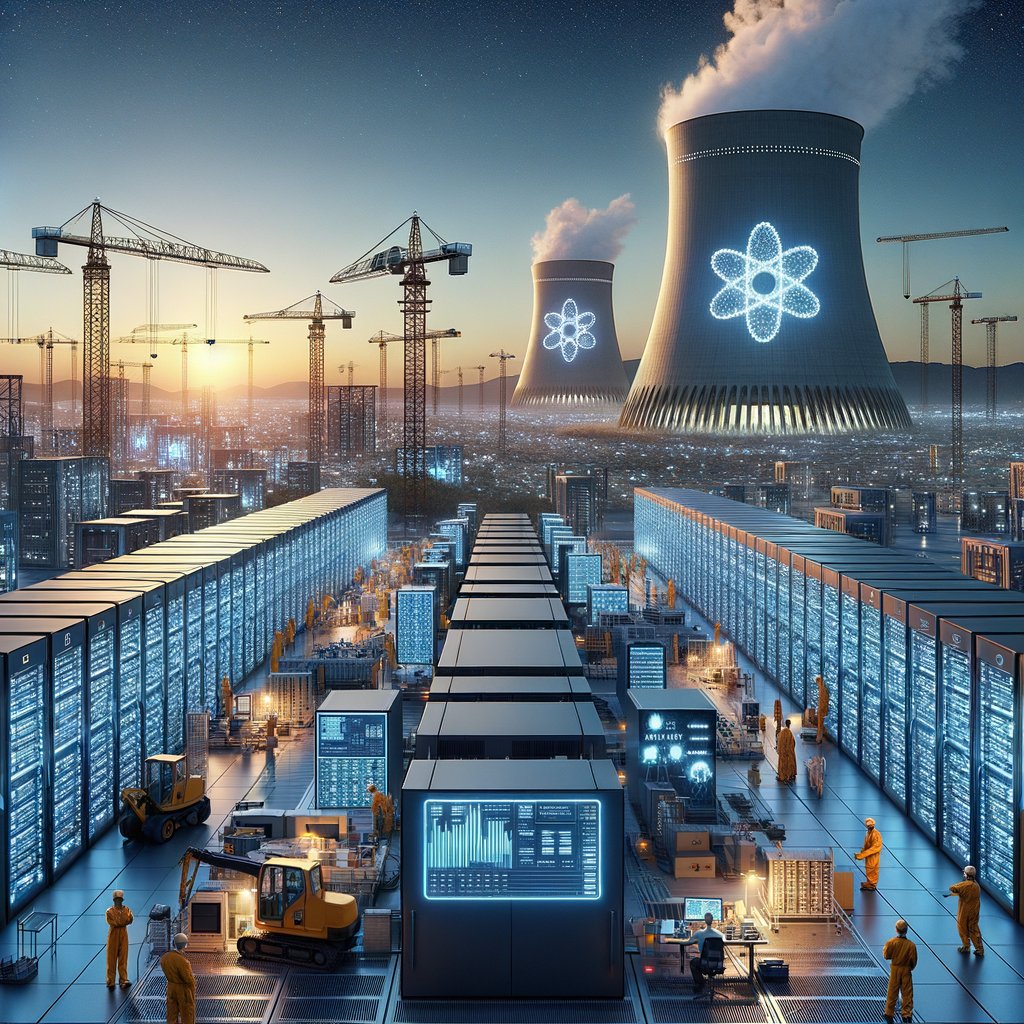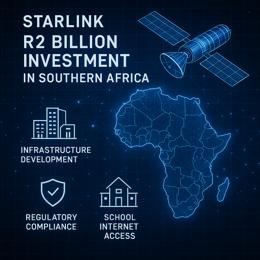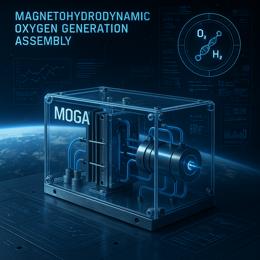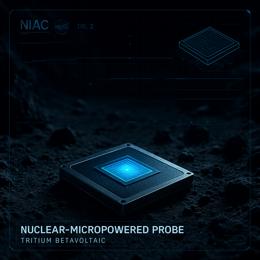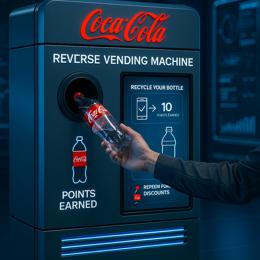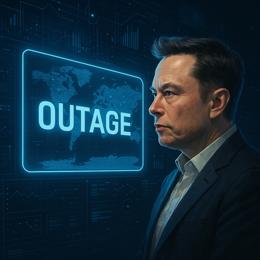Image created by AI
Microsoft to Invest $80 Billion in Data Centers Primarily in the US for AI Expansion
In what is set to be one of the largest infrastructural developments in recent years, Microsoft has announced plans to spend an eye-watering $80 billion (approximately R1.5 trillion) on the construction of new data centers this fiscal year, with over half of these expenditures earmarked for the United States. This declaration, detailed in a recent blog post by Microsoft President Brad Smith, underscores the immense capital demands placed by burgeoning artificial intelligence (AI) technologies.
Smith's announcement comes at a pivotal moment, as the tech world, led by giants like Microsoft and Amazon.com Inc., fiercely competes to bolster their computing capacities. This race revolves significantly around setting up new data centers and augmenting existing ones to handle the voluminous data processing AI demands.
During the fiscal year ending in June 2024, Microsoft reported spending in excess of $50 billion on capital expenditures. A bulk of this funding was channeled towards building server farms, driven primarily by the mounting demands for AI services. These expansive setups are not just crucial for housing the servers but are also equipped with high-powered chips from tech behemoths such as Nvidia Corp., supported by infrastructure from Dell Technologies Inc., among others.
Interestingly, Smith also highlighted the broader political and environmental considerations tethered to such expansive technological deployments. He voiced concerns about the potential for "heavy-handed regulations" from the incoming Trump administration which could impact AI development in the US. Emphasizing the need for a balanced approach, Smith rallied for "a pragmatic export control policy" that ensures robust security for AI components housed within trusted data centers while also promoting the expansive reach of US tech companies among allied nations.
In an initiative reflecting its commitment towards sustainable, yet powerful, energy solutions, Microsoft has also inked a deal to reactivate a nuclear reactor at Pennsylvania's Three Mile Island—the site of the infamous partial meltdown in 1979. This move is part of a broader trend, with competitors like Amazon and Google also securing agreements to tap into nuclear energy, highlighting the tech industry's increasing reliance on reliable and high-output energy sources to fuel their next-gen AI server farms.
This massive investment not only illustrates Microsoft’s aggressive play to dominate the AI landscape but also mirrors a significant technological pivot where AI's role in everyday life becomes increasingly pronounced—from cloud computing services and enhanced data analytics to more sophisticated AI-driven interfaces.
As the fiscal year through June 2025 approaches, the tech community and investors alike will be watching closely to see how Microsoft’s hefty investment in AI infrastructure pans out, potentially reshaping the technological horizon.
